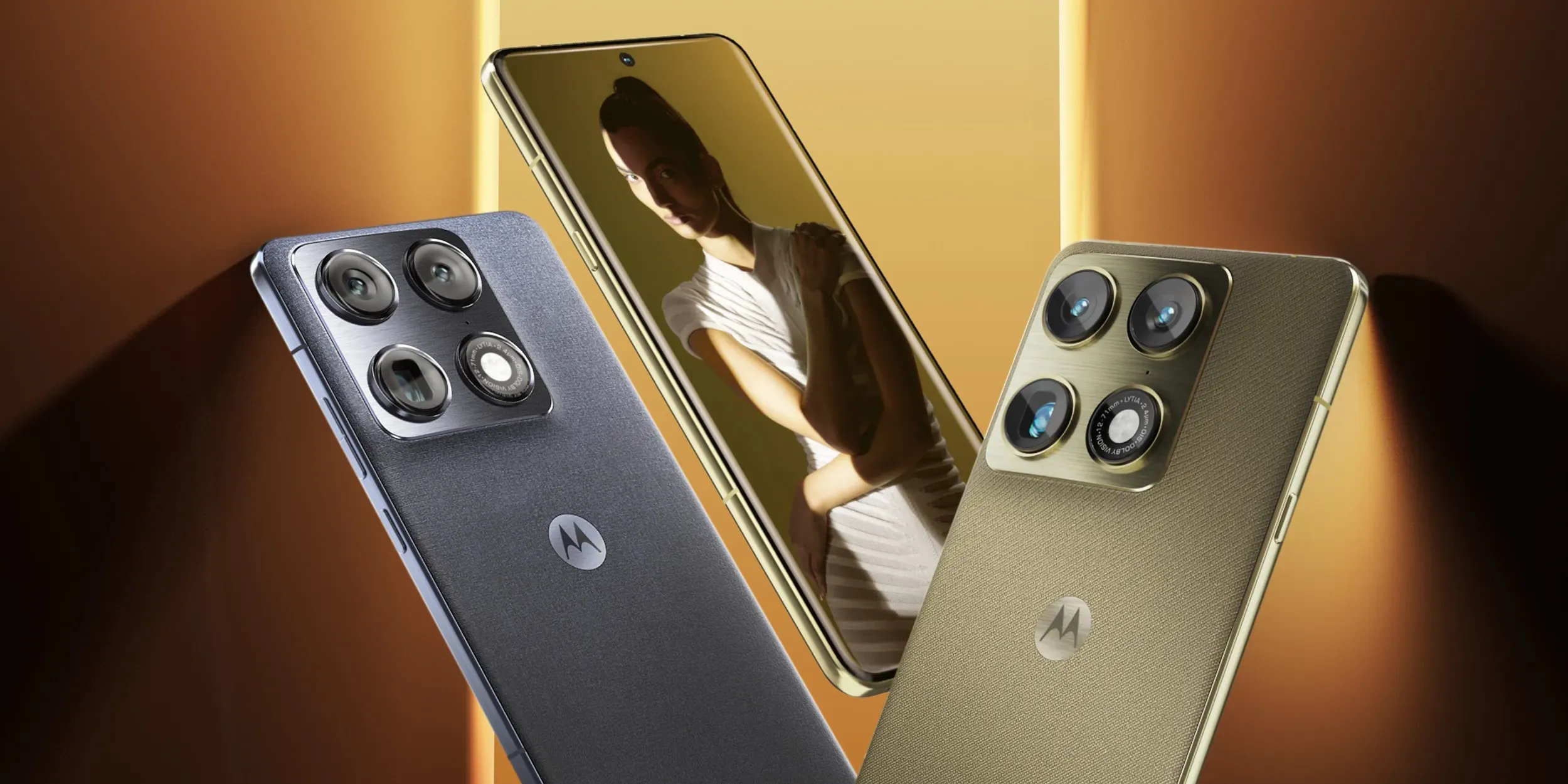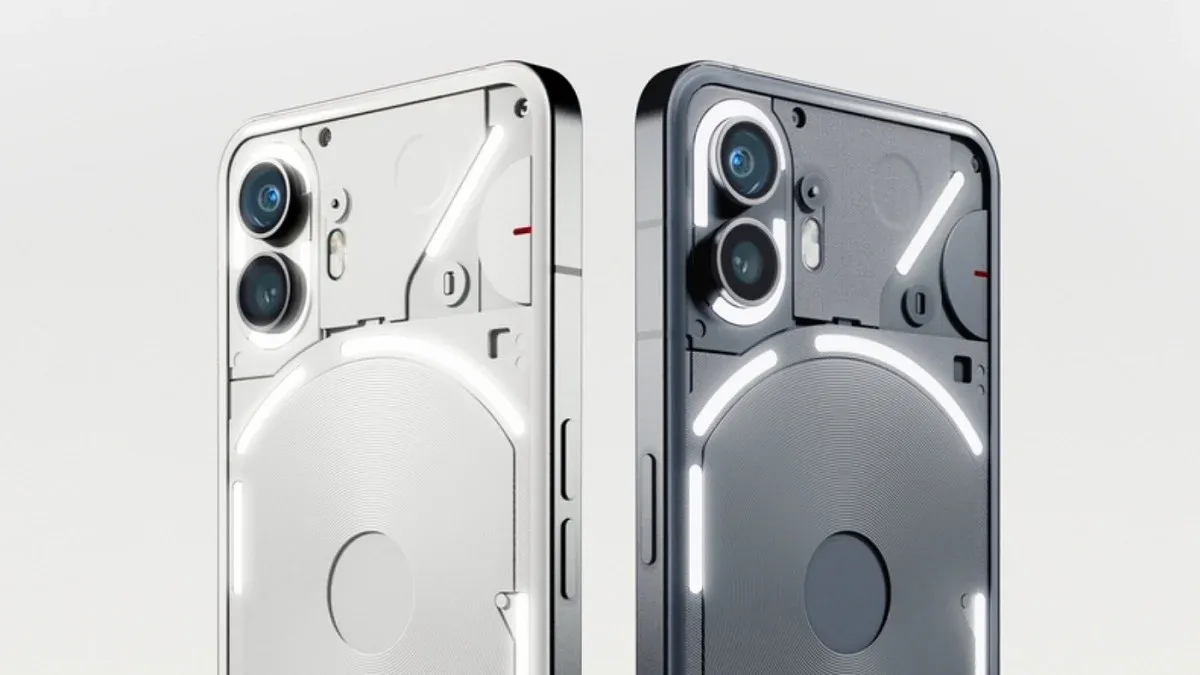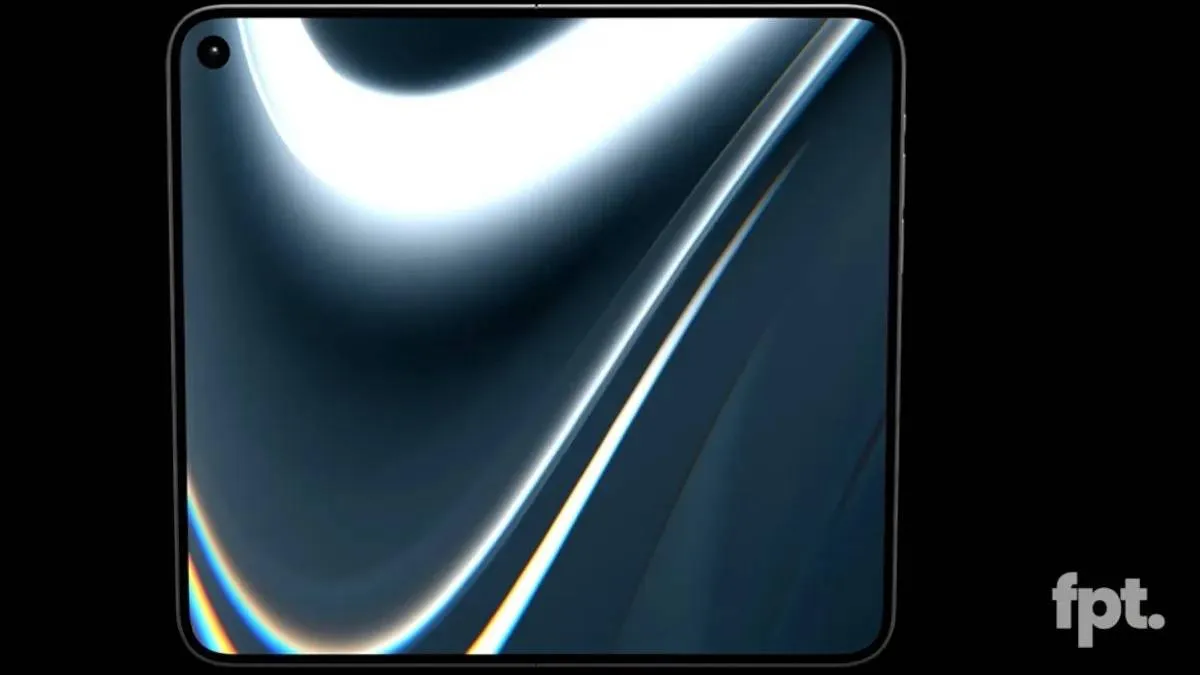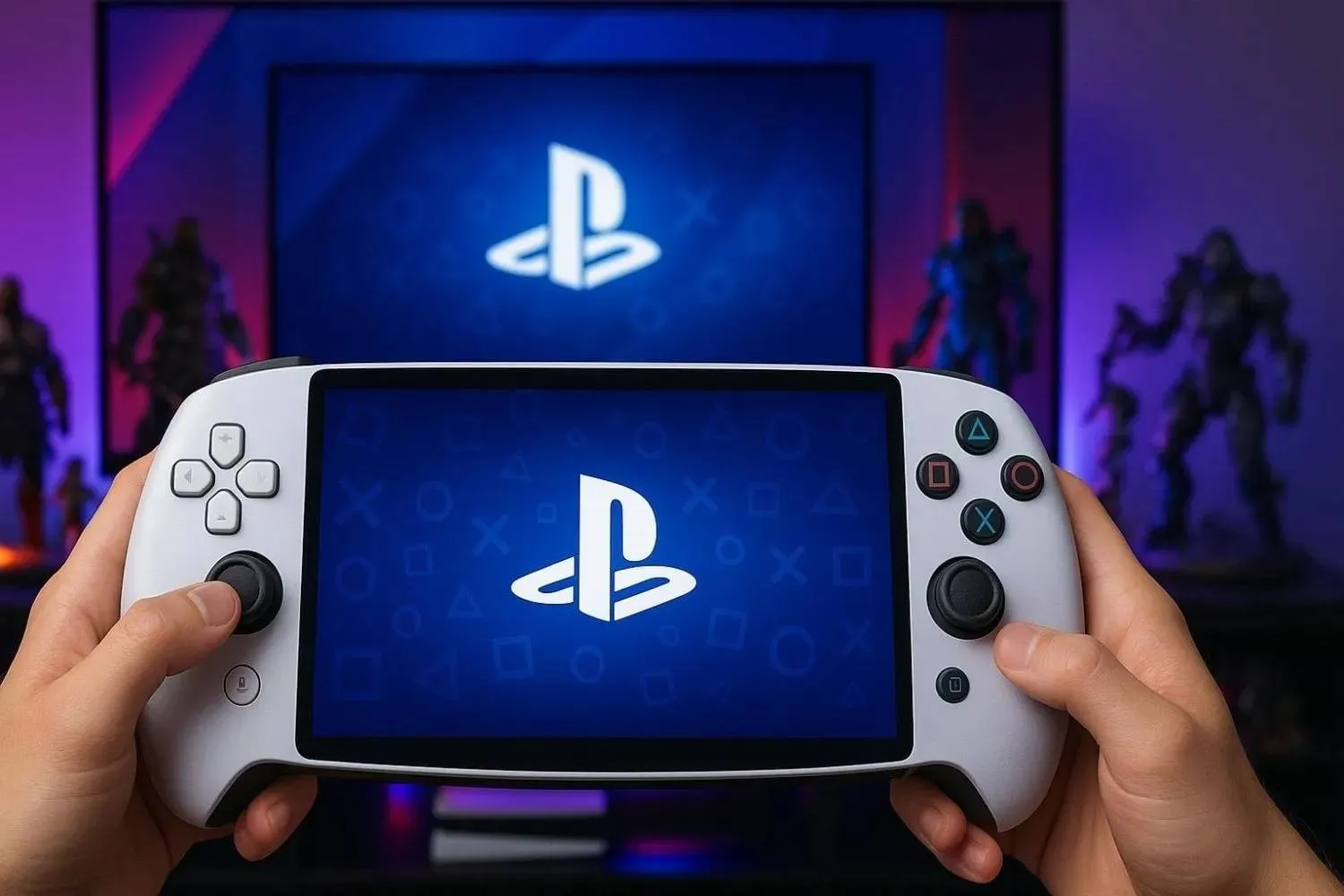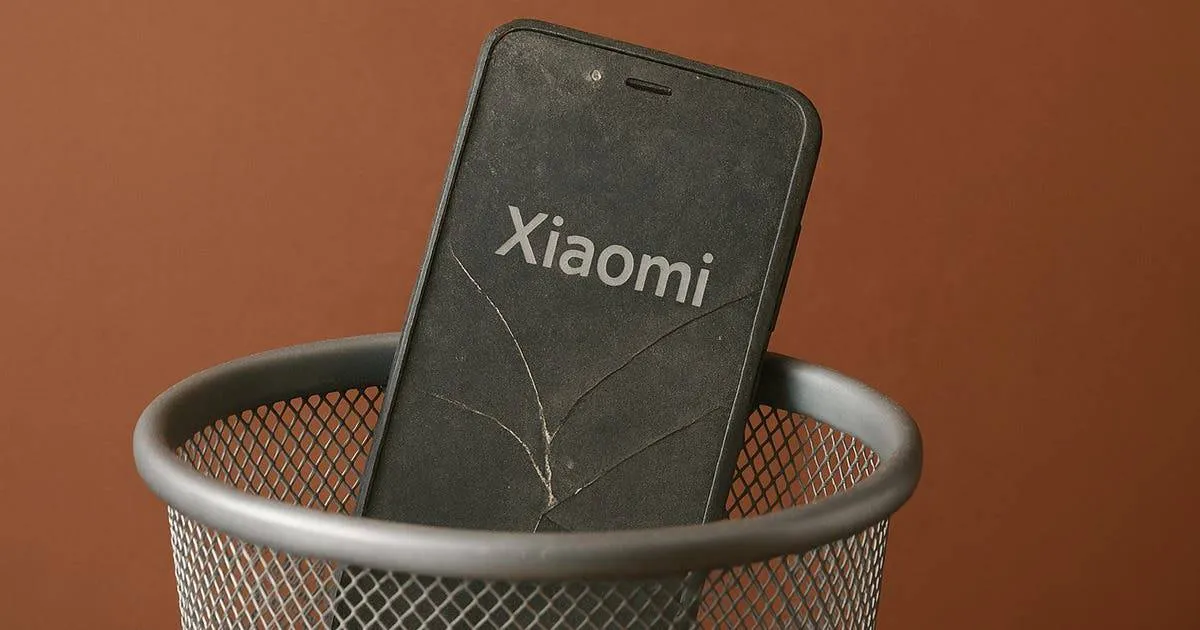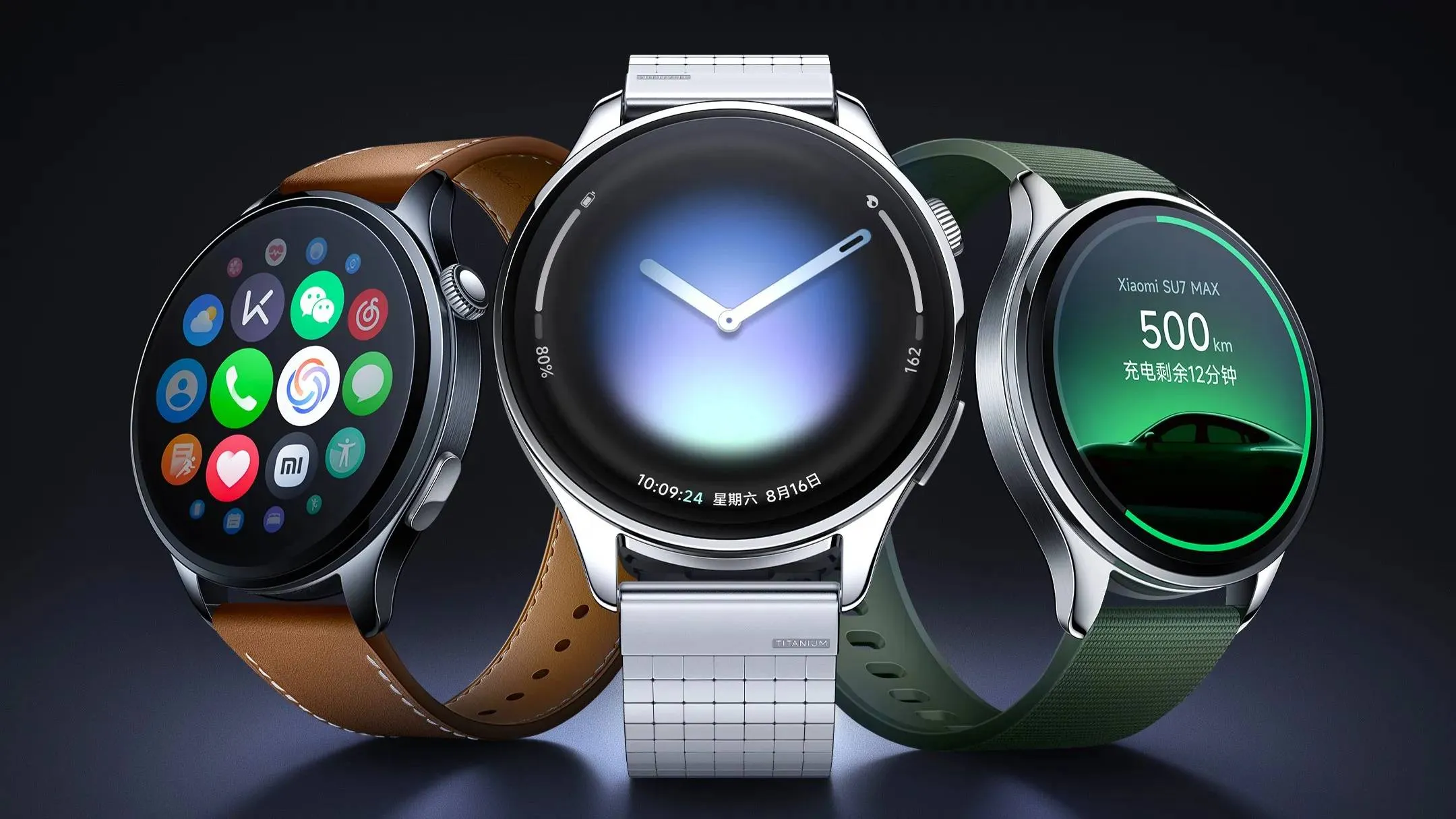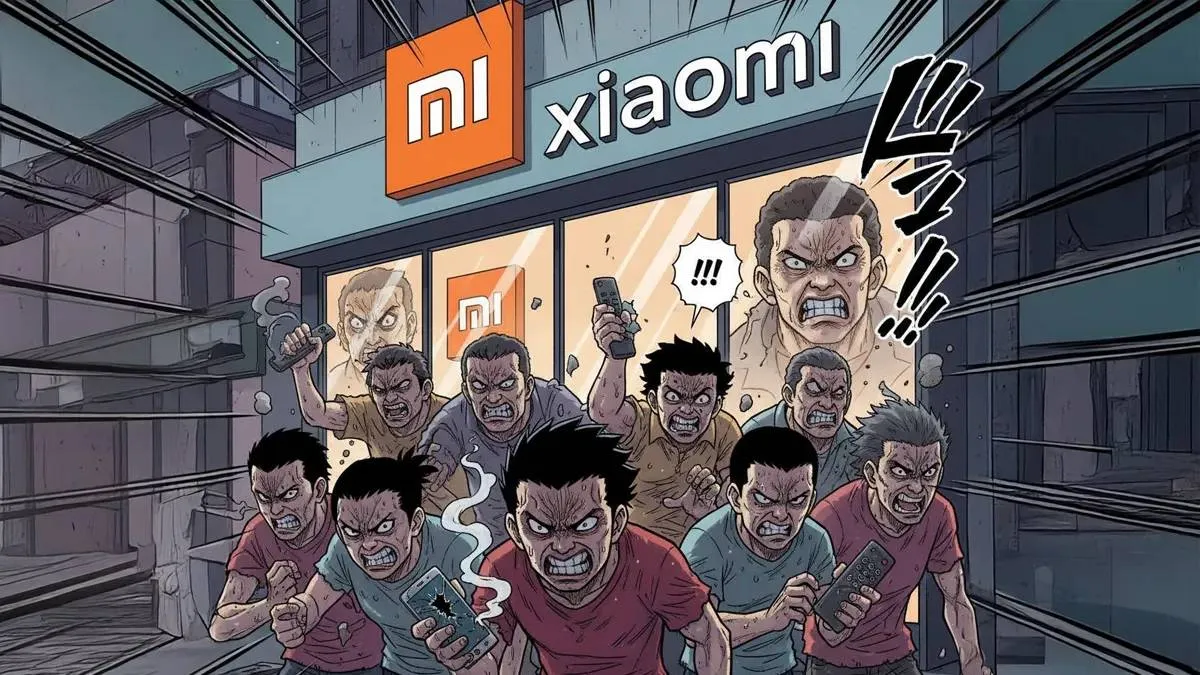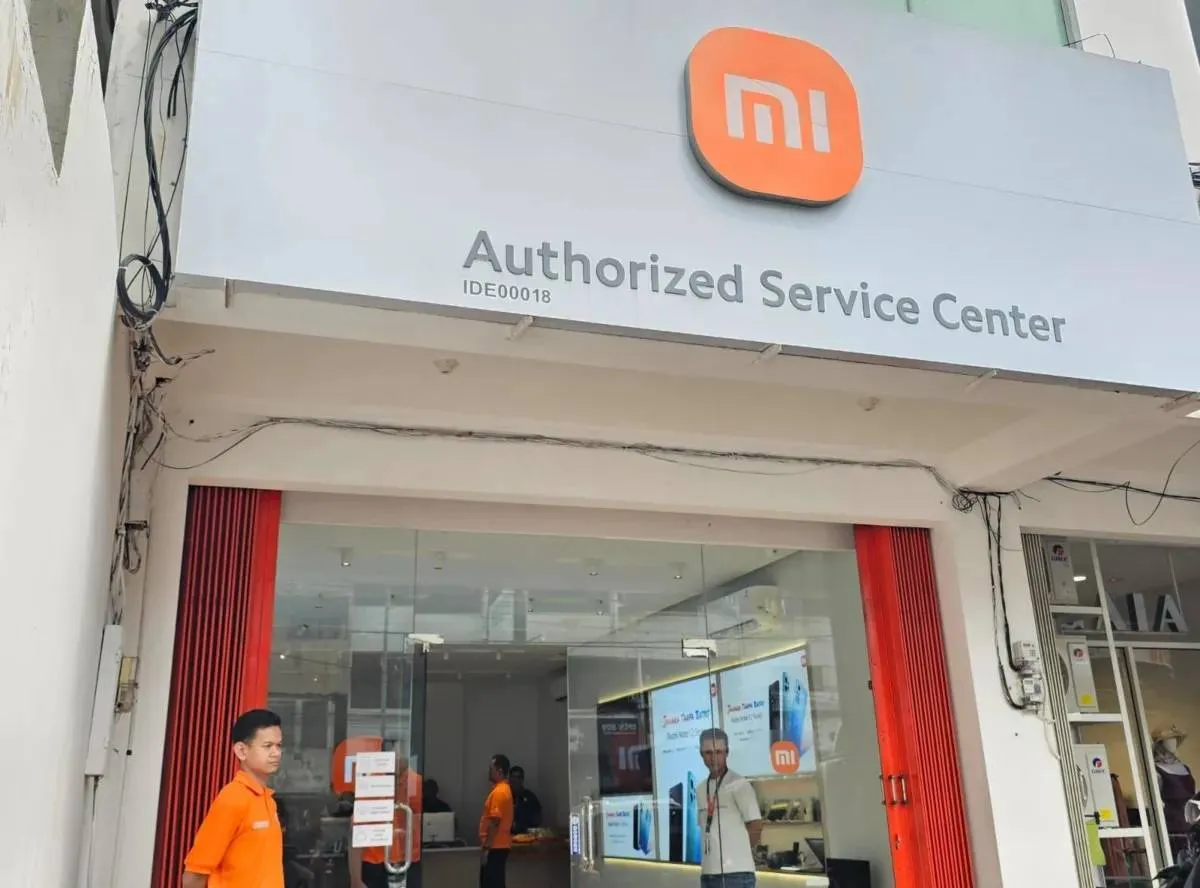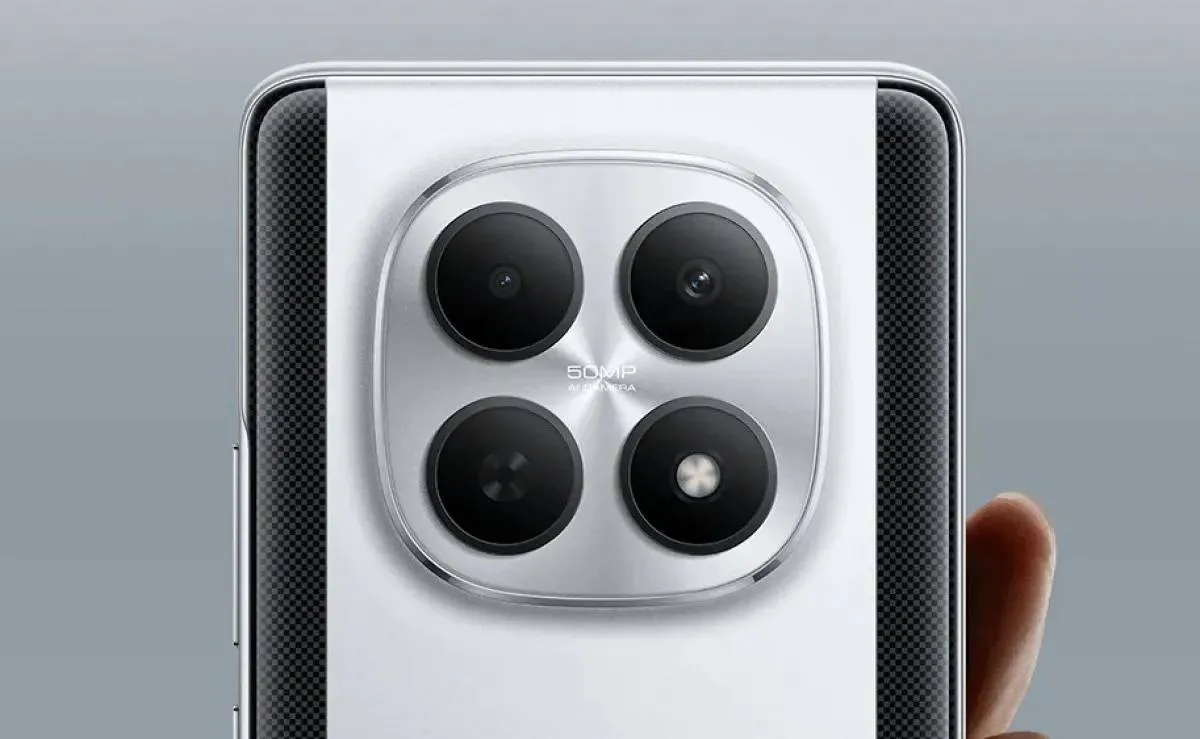
Poco M8 Series Official: 6,500mAh Battery and 100W Charging Confirmed
Jan 08, 12:52
OpenAI Launches ChatGPT Health: Personal Data Integration Details
Jan 08, 08:57
Satellite Calling for Everyone: Infinix Shakes Up CES 2026
Jan 07, 10:26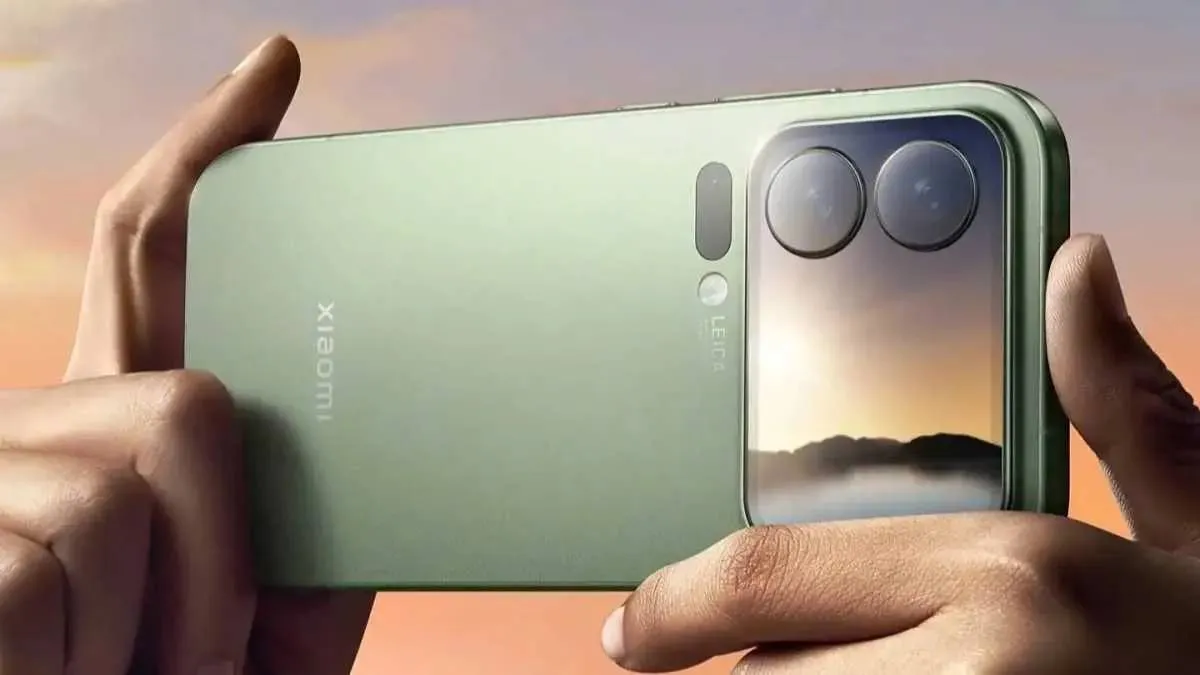
Xiaomi 17 Max: 8,000mAh Power and Flat Glass Breakdown?
Jan 07, 09:41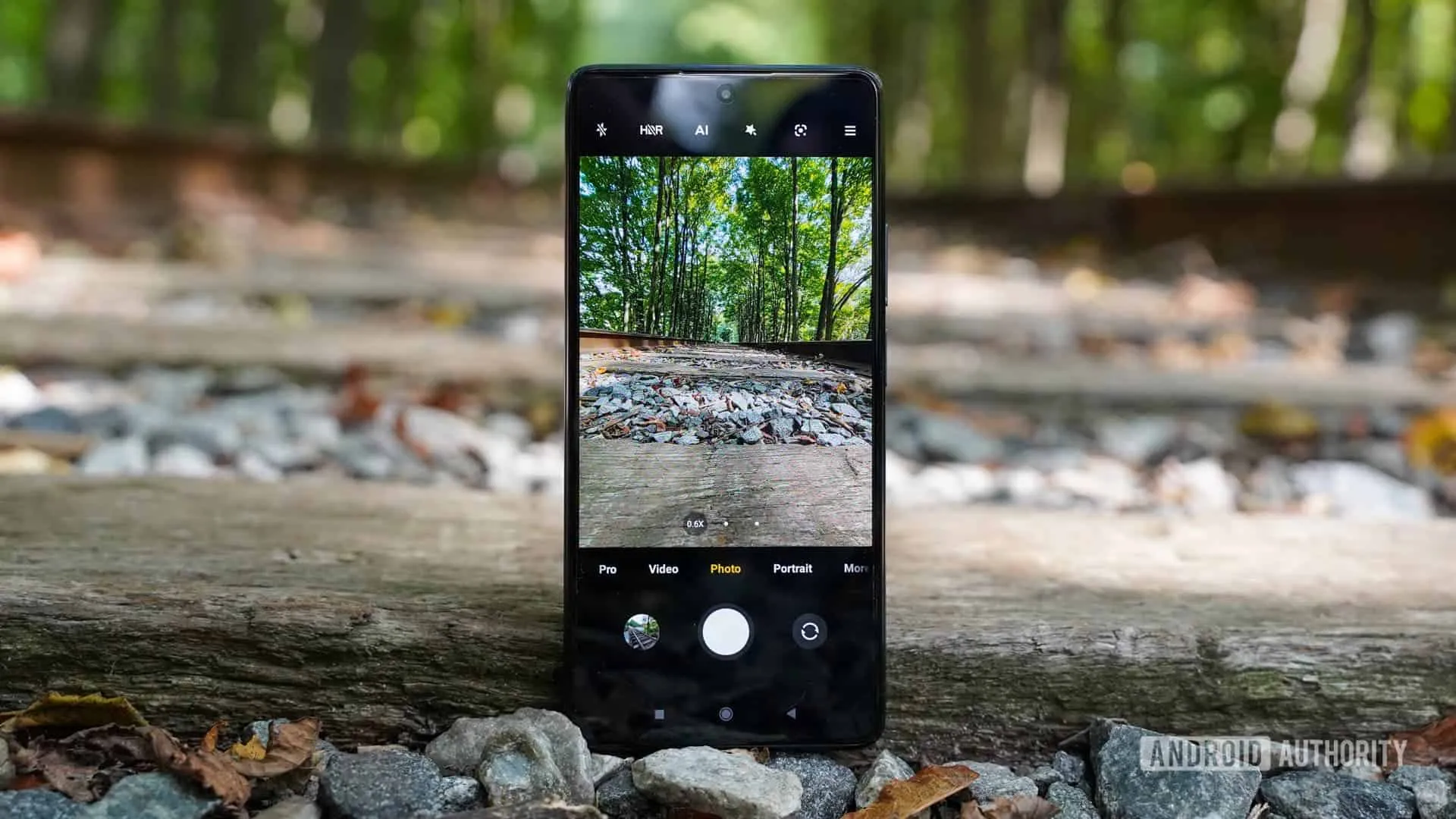
Samsung One UI 8.5: The New Video Interface is a Game-Changer
Jan 04, 10:49
Poco M8 Series Official: 6,500mAh Battery and 100W Charging Confirmed
The Poco M8 series is finally here! Explore the M8 5G and M8 Pro 5G, featuring 6,500mAh batteries and 3,200 nits AMOLED displays. Check the specs now.

OpenAI Launches ChatGPT Health: Personal Data Integration Details
OpenAI launches ChatGPT Health! Connect Apple Health and MyFitnessPal for personalized wellness insights in a secure, encrypted AI environment.
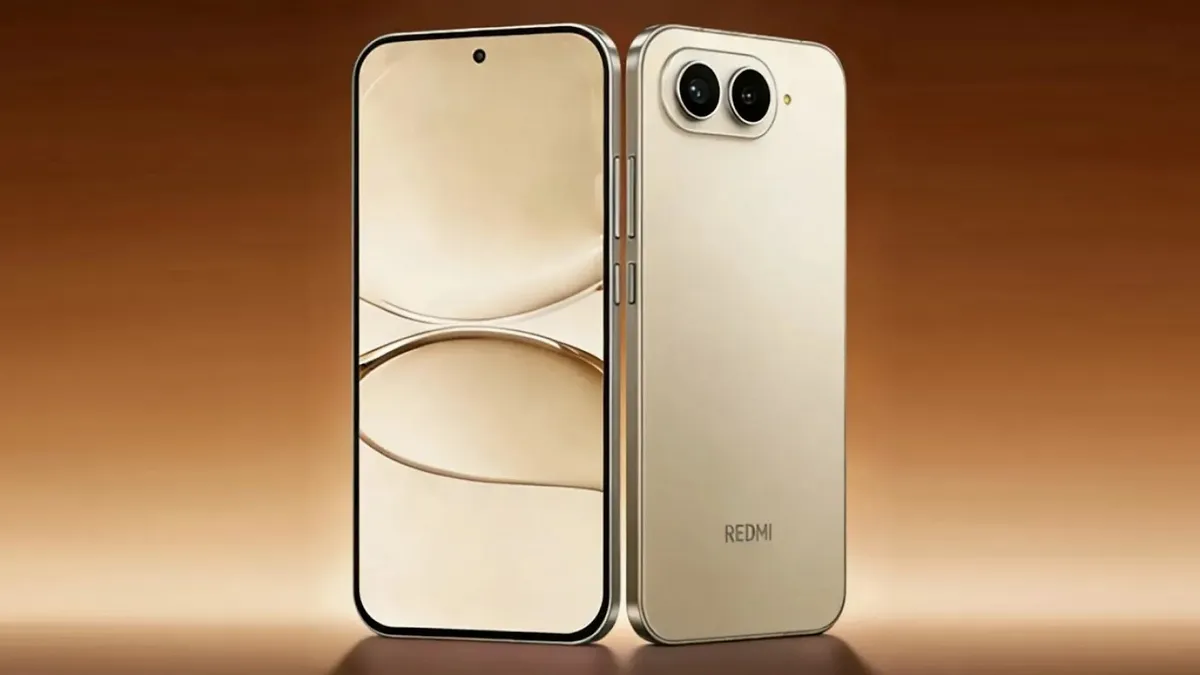
Redmi Turbo 5 Max Appears in New Renders With New Camera Design
New renders emerged teasing the possible design of the Redmi Turbo 5 Max. The biggest battery phone of the segment will feature a new design.

WhatsApp: Group Chats Get Three New Interesting Features
WhatsApp adds three new group chat features: member tags, text-to-sticker creation, and event reminders, focusing on quality-of-life improvements.
- Besoin de ça
 merveil11-12-2025
merveil11-12-2025 - Looking forward to buying both sizes of this when they are available in Thailand 🇹🇭chrisman08-12-2025
- Finally! Surprised corrupt Grok was not mentionedMaxNix07-12-2025
- About time!!MaxNix07-12-2025
- Best practice avoid buying Xiaomi phones and products, you all won't regret later.Kevin03-12-2025
- Interesting update on OpenAI’s Sora app! As we also review AI and SaaS tools at TheSoftReview, it’s fascinating to see how video-generation apps are expanding to mobile platforms, making creative workflows more accessible.Shamima29-11-2025
- Good, good… keep going downhill. Unlike Xiaomi, other brands in Europe actually allow global users to unlock the bootloader. Xiaomi is full of lies the Mi Community app doesn’t work, and for over a month I clicked every day with no success. In the end I sold the phone and switched to another brand. Samsung works perfectly and unlocking the bootloader is very easy. I used to support Xiaomi and my whole family bought their phones, but now it’s over. Goodbye! I hope your stock keeps falling next year. Yay!HeCosmin28-11-2025
- Kind of drop the Ultra's 2K screen and 120Hz refresh rate.MaxNix25-11-2025
- Stellar Data Recovery worked great for me when I lost some important photos from my SD card. It found files I didn’t even remember deleting, which was surprising. Although the scan was a bit slow, the recovery success made it worth the wait.john25-11-2025
- Really eye-opening article. You make a strong case that Facebook Messenger collects huge amounts of user data — more than many other apps, according to survey results.lindseyjohn83020-11-2025

Redmi Turbo 5 Max Appears in New Renders With New Camera Design
New renders emerged teasing the possible design of the Redmi Turbo 5 Max. The biggest battery phone of the segment will feature a new design.

How cloud sync tools can be slowing down your phone or PC
Sync tools sound helpful, and in many ways they are, but pushing every file to every cloud can quietly damage daily system speed.

Redmi Turbo 5 Max Appears in New Renders With New Camera Design
New renders emerged teasing the possible design of the Redmi Turbo 5 Max. The biggest battery phone of the segment will feature a new design.
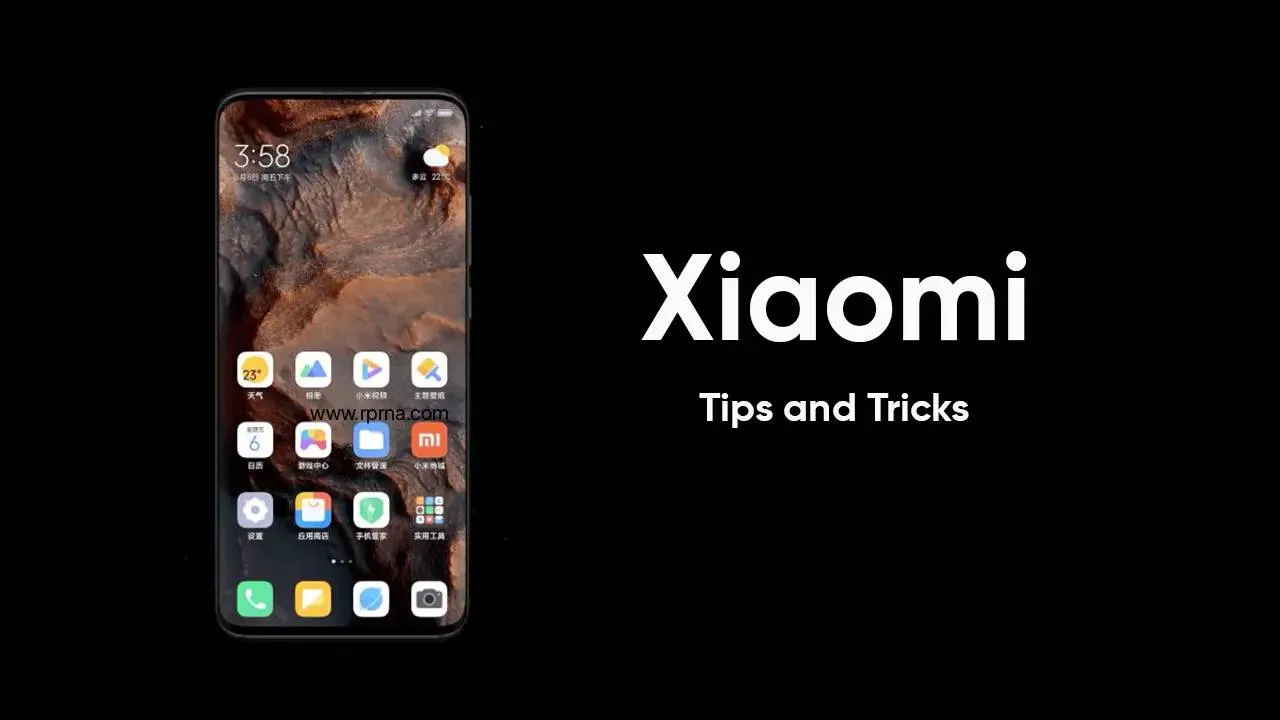
Double Your Xiaomi Speed Instantly: The One Simple Trick That Works!
Make your slow Xiaomi phone fast again! Discover the simple trick of clearing your system launcher cache to instantly restore performance, speed, and battery life.
Loading



